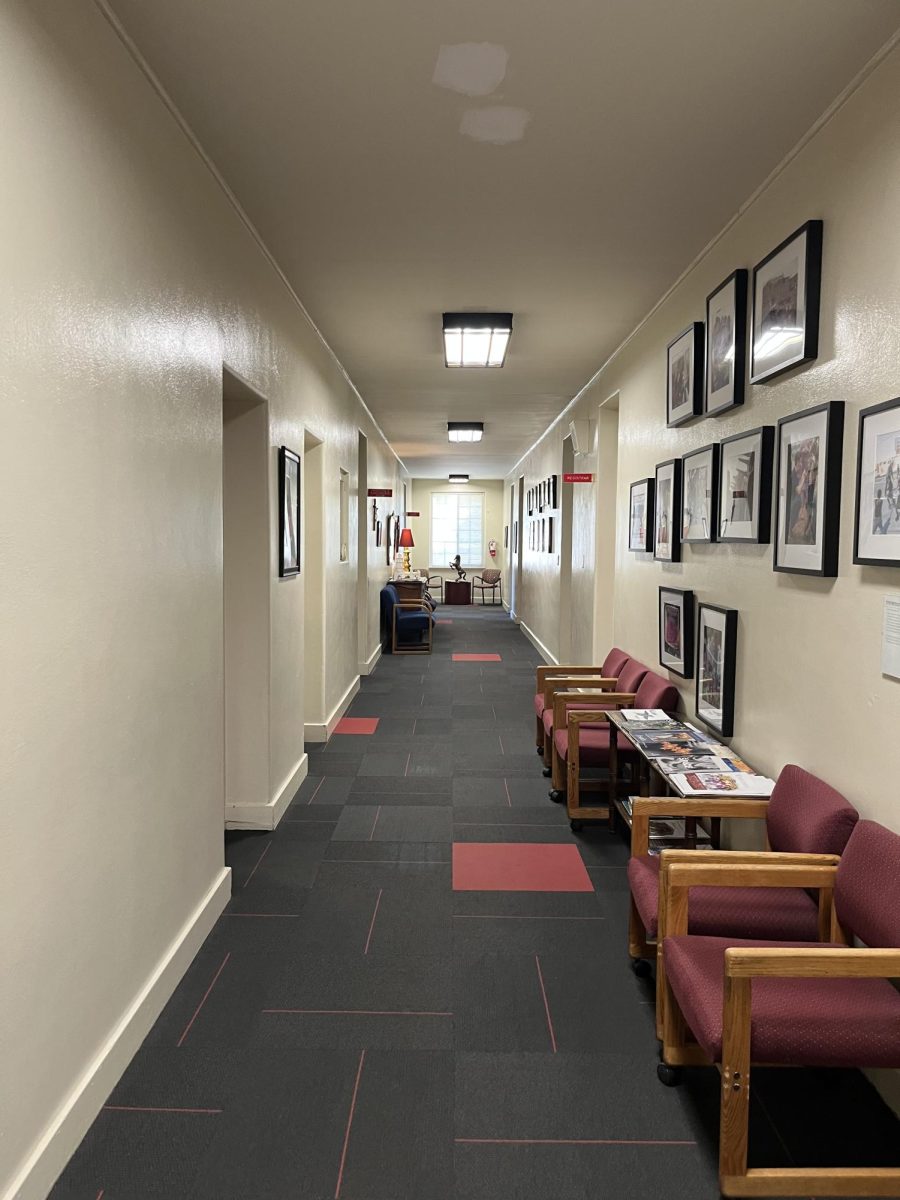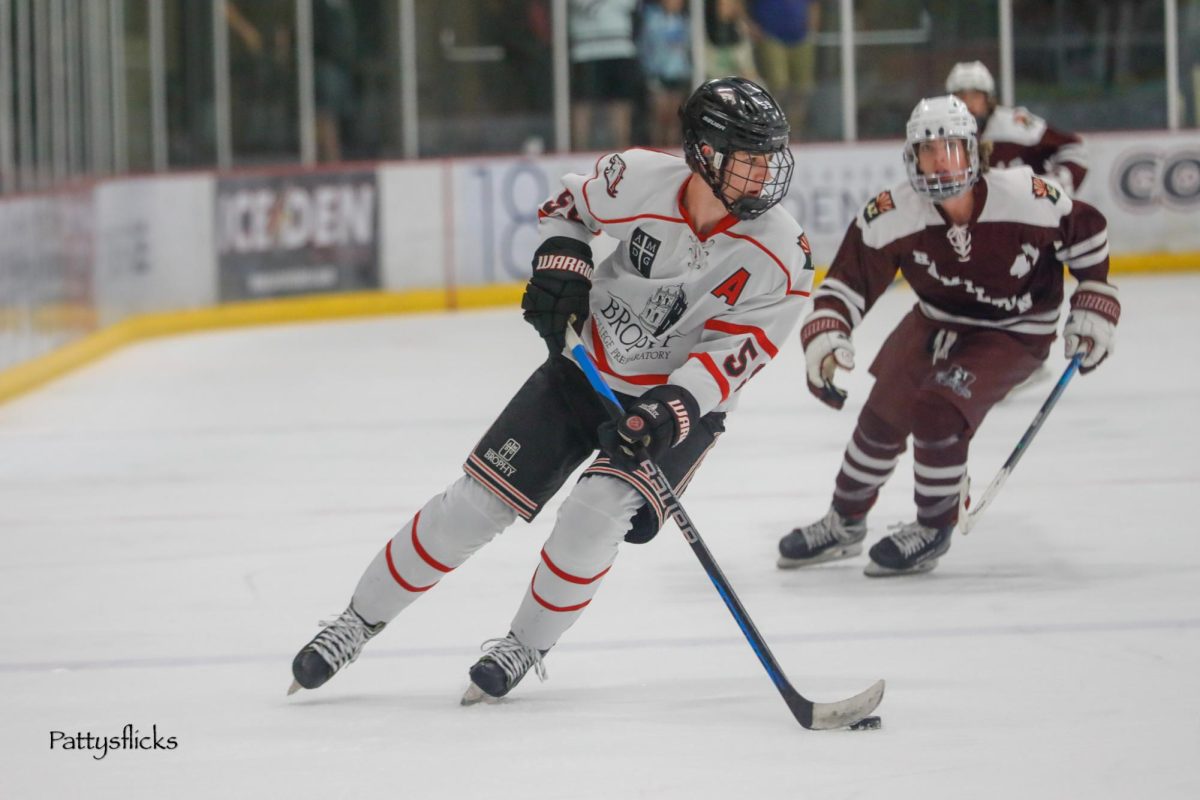By Anthony Cardellini ’17
THE ROUNDUP
As students filed into the gym for orientation this year, they were met with a new addition to the school’s uniform policy: Students are no longer allowed to have “undercut” haircuts.
The “undercut” hairstyle in which a student’s hair is left long on top and shaved on the back and sides, joins a list of styles banned by the Brophy administration.
The list now includes such diverse objects as colorful socks on mass-dress days, joggers and long hair.
As both an undercut and joggers proponent, I feel the need to speak out against these policies that seem to grow in lack of meaning each year.
While I commend Brophy’s uniform policies for being rather liberal among the Catholic school community, I also disagree with the need to ban these fashions from being shown at our school.
Dean Mr. Pat Higgins explained the reasons behind the policies prohibiting joggers and undercuts.
For joggers, he said that the fact that some joggers come without belt loops created confusion among the student body over whether or not it would be appropriate to wear such clothing.
This is a fair point, but it would be fairly simple to reiterate to the student body that all pants must be worn with belts, meaning joggers without belts would be off limits.
In terms of undercuts, Mr. Higgins said that the administration was worried about students’ hair being long enough to create a safety hazard in labs and other places.
I agree that long hair can create a safety hazard, but the student handbook already keeps hair from being too long. It is possible and fairly common to wear undercuts without having extremely long hair on top.
Many think that undercuts, joggers and the like can contribute to a student looking unprofessional. However, these styles are a way to express yourself.
Last year, The Roundup‘s February edition attempted to define the role of style at Brophy, while supporting certain individuals that show a unique style every day. I believe that the trends that are banned by our administration add to the culture of expression and style that we should strive to encourage.
Another common argument in defense of uniforms is that they allow schools to transcend socio-economic divisions that are sometimes heightened by dress.
However, haircuts, socks and joggers do much less to intensify these divisions than other clothing permitted at Brophy: It’s much easier to tell that someone is wearing expensive shoes than it is to tell they are wearing expensive socks.
Finally, uniform proponents argue they prevent distraction. Realistically, joggers and haircuts aren’t enough to draw attention away from the classroom. They are a nice way to show expression, but not an overbearing one that is immediately noticeable.
If Brophy wants to be open to growth, it should allow students to express themselves more freely in what they wear and how their hair looks. If Brophy wants to be committed to justice, it should focus less time on devising policies over trite objects of clothing and haircuts.
Hopefully, when the current juniors, sophomores and freshmen walk into the gym next year at orientation, there aren’t any new uniform policies to announce. Maybe there will even be a few to revoke from the handbook.








